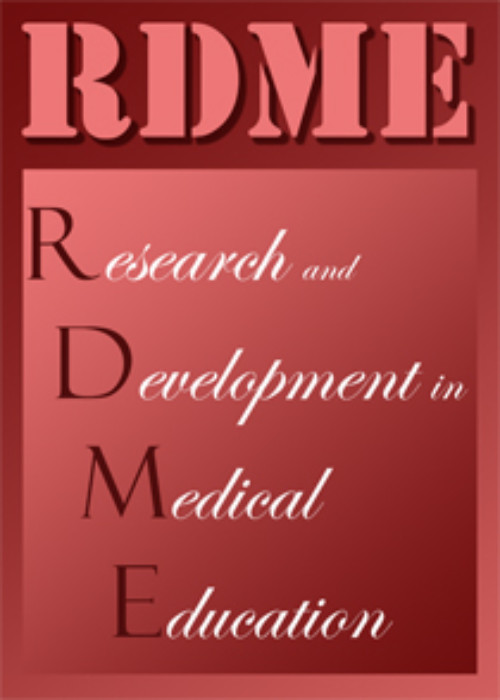A Comparison of traditional learning and web-based blended education in a practical oral pathology course for students of dentistry at the Birjand University of Medical Sciences
Practical courses in oral pathology are currently taught in classrooms. However, traditional in-person learning does not meet current educational needs. On the other hand, electronic learning has its own drawbacks. Blended learning is a combination of traditional in-person and electronic learning. This study aimed to compare the effects of traditional and blended educational methods in a practical oral pathology course.
The current study was a quasi-experimental study conducted at the Birjand University of Medical Sciences in 2021. The study participants consisted of students in their fourth year of a dentistry program. In all, 34 students who were selected randomly participated. A portion of the lessons of the practical oral pathology course two were uploaded to the Birjand University of Medical Sciences content management system, Navid, as digital images. Participants were assigned to one of two groups based on the average of all students rather than randomly. One group studied digital material from the Navid system before attending class (blended) and one group only attended class in person (traditional). Both groups attended the same classroom teaching sessions. After a period of time, students taking the blended and traditional methods were evaluated. Evaluation data were entered into statistical software, and the effect of traditional and web-based blended learning on students’ learning was compared using a t-test.
A total of 34 students taking Practical Oral Pathology II in the first semester of 2020-2021 participated in the study. There were 23 female (67.6%) and 11 male (32.4%) students. The mean age of was 22.42 years. Of 34 participants, 17 students attended traditional classes (6 male and 11 female). In addition, 17 students attended blended traditional-virtual classes (5 male and 12 female). Learning was evaluated based on the students’ evaluations scores in a range of 0 (lowest) to 6 (highest). The traditional and blended groups had mean scores of 3.6 and 4.3, respectively. The mean difference between the traditional and blended groups’ final exam score was statistically significant (P = 0.015).
Web-based education can be used as a complementary educational method alongside traditional education to have a greater impact on student learning.
- حق عضویت دریافتی صرف حمایت از نشریات عضو و نگهداری، تکمیل و توسعه مگیران میشود.
- پرداخت حق اشتراک و دانلود مقالات اجازه بازنشر آن در سایر رسانههای چاپی و دیجیتال را به کاربر نمیدهد.


